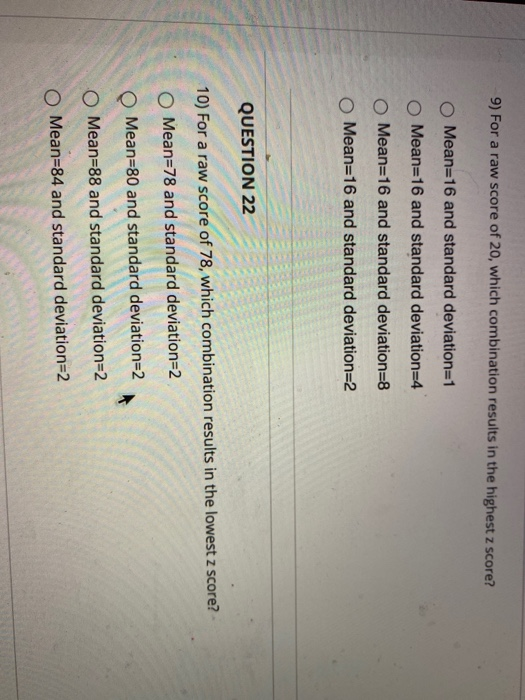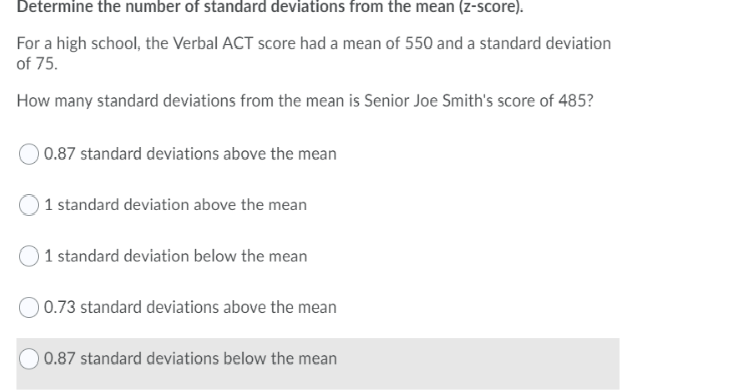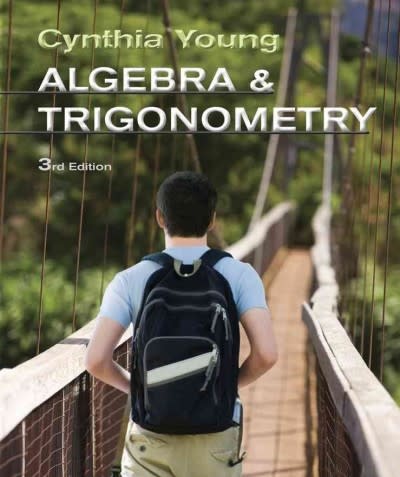Question
As a feature of the advertising gathering of a film organization, you are approached to discover the age dispersion of the crowd of the most
As a feature of the advertising gathering of a film organization, you are approached to discover the age dispersion of the crowd of the most recent film.
You pose inquiries of clients who leave the theater.
From 500 reactions, you track down that 49 are more youthful than 6 years of age, 87 are 6 to 9 years, 165 are 10 to 14, 25 are 15 to 21, and 174 are more established than 21.
a) Make a recurrence table of these unmitigated information.
b) Make an overall recurrence table.
c) Make a bar outline utilizing includes in the recurrence table.
d) Would a bar graph of relative frequencies look any changed?
e) Make a pie outline.
Compose a couple of sentences summing up the appropriation exhibited by your outlines and tables.
Notwithstanding age gathering data, the crowds met were additionally inquired as to whether they had seen the film previously (Never, Once, More than Once).
under 6 to 9 10 to 14 15 to 21 more than 21
never 42 62 90 20 152
when 4 21 41 5 17
more than once 3 4 34 0 5
a) Find the minimal conveyances of their past review of the film. Edge implies complete. Make another section named "all out".
b) Verify that the minimal appropriation of the ages is equivalent to that given already. Make a base column named "complete".
Proceed with the information from above question (notwithstanding age gathering data, the crowds met were additionally inquired as to whether they had seen the film previously (Never, Once, More than Once).
c) Find segment rates.
d) Looking at these rates, does the dispersion of how often somebody has seen the film appear to be identical for each age bunch? What would you be able to expect from these rates?
e) Make a stacked bar diagram showing the dissemination of viewings for each age level f) What is the level of all crowd individuals who are more than 21? Furthermore, which level of crowd individuals who saw the film more than once are more than 21? g) If these extents are not the equivalent, what's the significance here concerning the factors "age" and "recurrence of survey films"?



Step by Step Solution
There are 3 Steps involved in it
Step: 1

Get Instant Access to Expert-Tailored Solutions
See step-by-step solutions with expert insights and AI powered tools for academic success
Step: 2

Step: 3

Ace Your Homework with AI
Get the answers you need in no time with our AI-driven, step-by-step assistance
Get Started


